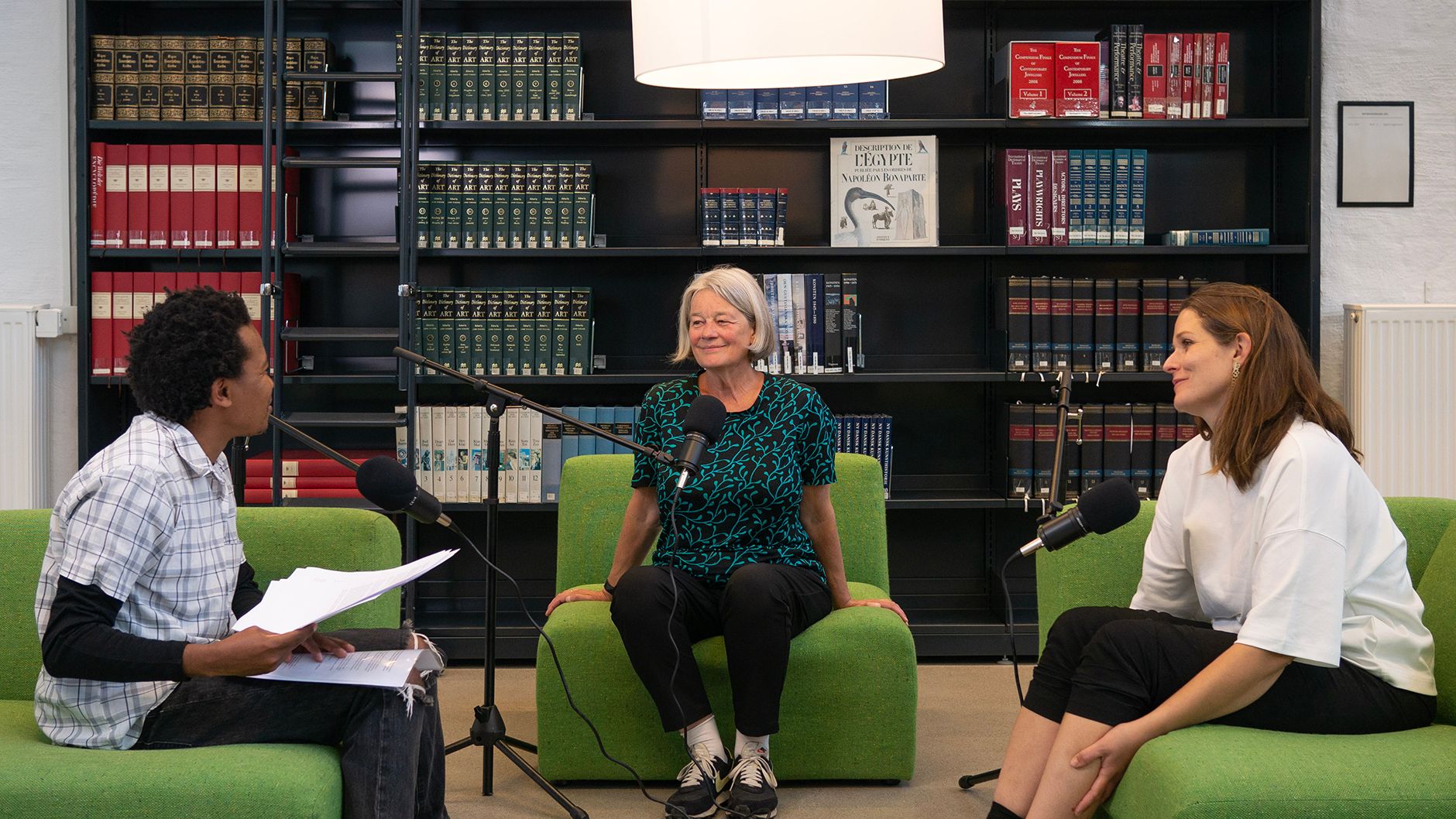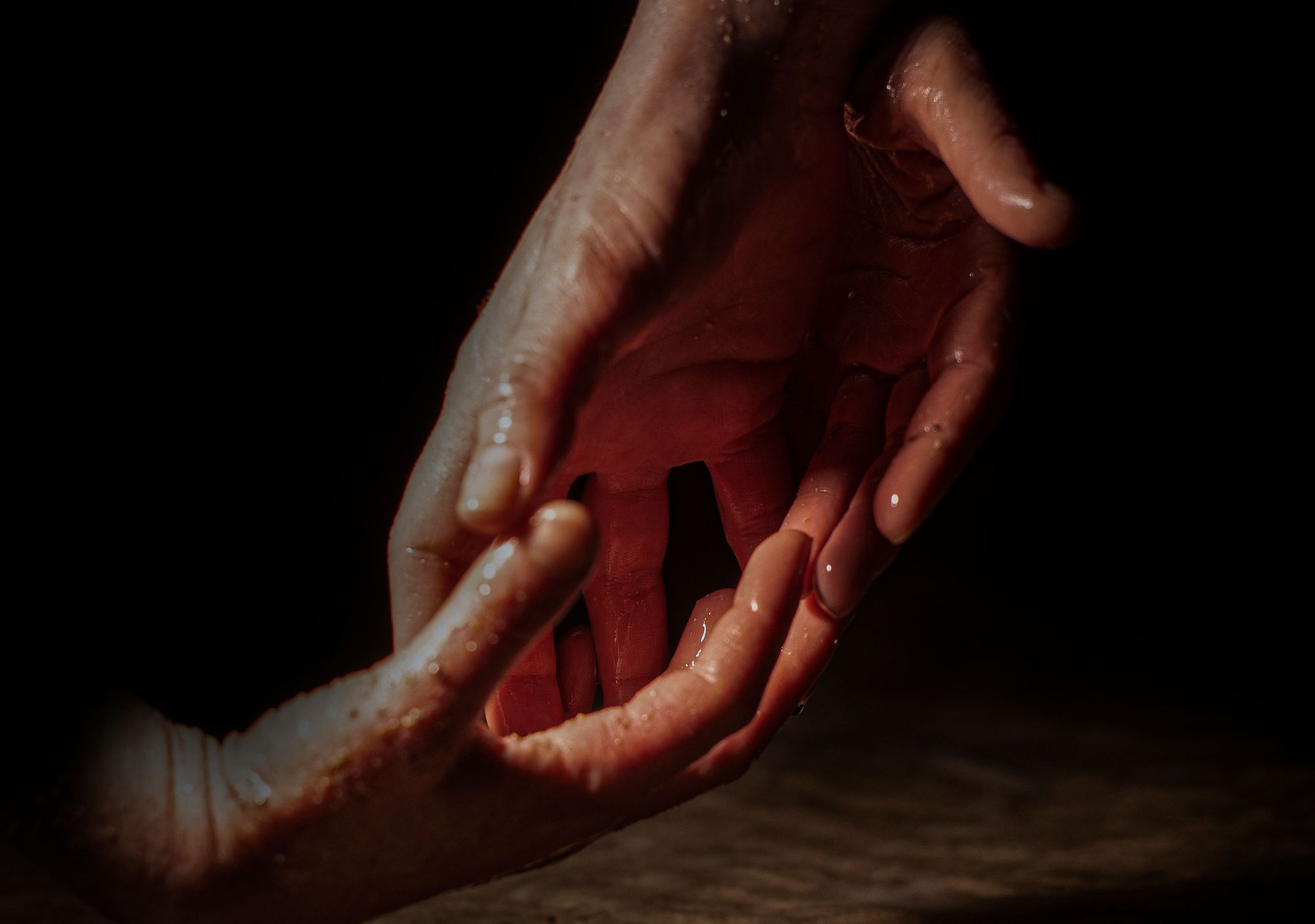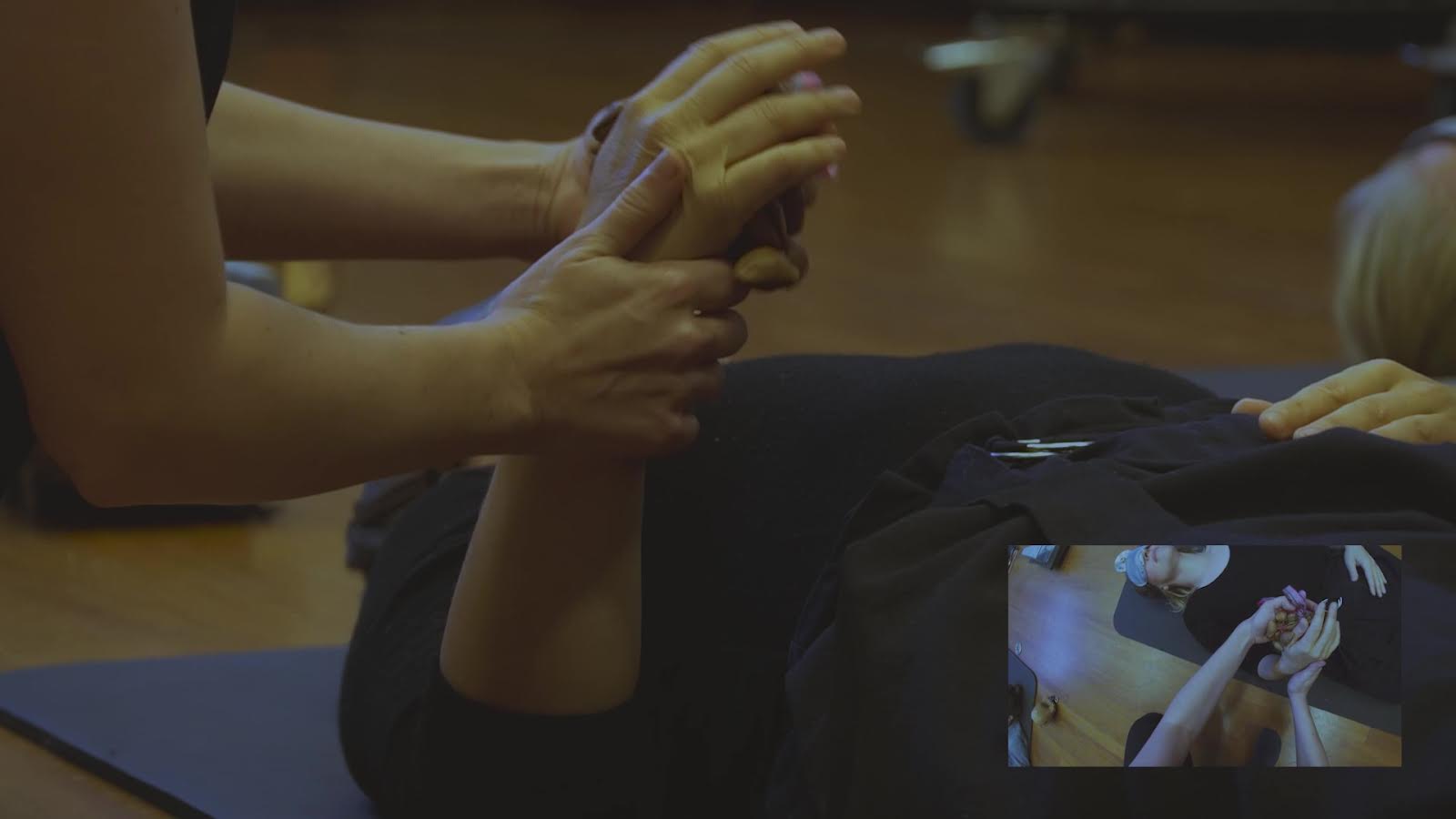Filmed discussion between Anna Lindal, musician, and main editor of issue #6, Eliot Moleba, PhD candidate in theater direction at KHiO and Gunhild Mathea Olaussen, scenographer and sound artist, about the theme of VIS #6, “Contagion”. The discussion was filmed in the library of KHiO (Oslo National Academy of the Arts) at the beginning of September 2021.
A CONVERSATION ABOUT THE THEME CONTAGION
The theme of this issue #6 of VIS is “Contagion”. When we first decided on this theme it was March 2020. A new virus had just been detected and started to spread over the world causing fear and confusion. Neither us working on the editorial board of VIS nor probably very few other people knew at that moment the dramatic ways this virus would change the conditions for societies and human life all over the world.
Our initial reason for choosing this theme was that we imagined that this highly current concept had potential to work as a point of departure for presenting artistic works and research. This was maybe a ‘typical’ artistic reflex – to grab and address a current theme and try to find artistic analogies, relevance, and methods that suit our purposes, and perhaps ambitions, which could potentially inspire new ideas and angles on artistic work and research.
Little did we know how the development of the pandemic would infect and transform societies and human conditions. Over four and a half million people have died, millions have gone through serious infections, and many people live with painful, long-time side effects of the infection.
Societies have reacted in different ways to these medical threats. Restrictions and recommendations have been necessary to protect people from the virus and to secure healthcare structures from over strain or collapse. Sometimes the societal measures have included far reaching states of emergency that have severely affected everyday life. Some of these measures have in several cases approached and crossed the limits of what a democratic society should allow itself to implement during peace time.
There are both parallels and differences between the transmission of biological infection and the ways that artistic works and processes are shared, disseminated, and spread – just as there are parallels and differences in terms of the distribution of knowledge, rumors and myths (the latter which has been painfully clarified during the pandemic with the sometimes-contradictory statements from authorities and experts as well as politicians and governments). But also how rumors, myths and conspiracies have been spread uncritically through social media, often becoming difficult to interpret, verify or to contradict.
The pandemic has also revealed the weaknesses in health and welfare systems, often weakened by short-sighted economic reforms and profit interests. Also, the inequalities within our societies have been painfully visible; the pandemic has hit different parts of society with different strength. The global inequalities have been exposed even more clearly by unjust differences in the ability to receive adequate medical care and access to vaccine in different parts of the world.
Considering all these dramatic facts we still find the theme of Contagion to be relevant to use as a point of departure: for artists in general and for this issue of VIS.
In the call for the issue, we wrote:“Contagion concerns the transmission of something by direct contact, a transmission in the touching. And touch itself can refer to physical as well as an intellectual or emotional connection.”
What we have seen this last one and a half years is the reduction of specifically ‘connections and touching’ – and this in dramatic ways. Distance, fear, inability to meet, inability to travel, inability to live and work, deadly danger to life and health, isolation from family and friends…
We believe that Contagion is a multi-faceted concept that functions both literally and metaphorically. In the artistic sphere, it may manifest itself as inspiration, imitation, iteration, replication, mimetics, references, whispering games and in many more ways. We know that the conditions for art during this past year and a half has changed radically and have been difficult both on a structural and a content-based way. Those artists who previously depended upon human contact in form of audiences, spectators, and listeners (which of course includes most artists) have also had to re-invent themselves in the digital sphere. They have striven to find new ways to ‘touch’ us at a distance and through our virtual interconnections.
There are lots of questions that art can raise in the current situation and the call for this issue articulated some: In what different ways is art moving – can it function as a benign, instead of a malign, infection? For that matter, might it have value as some kind of metaphorical ‘vaccine’ against the more damaging social consequences of the pandemic? How do we as artists infect others and get infected ourselves? How is art and its associated ideas, aesthetics and forms transmitted – between artistic fields and between the arts as a whole and the public? Can art have any impact on the growing fear and protectionism between nations and regions?
Visit the exposition in the database Research Catalogue.




